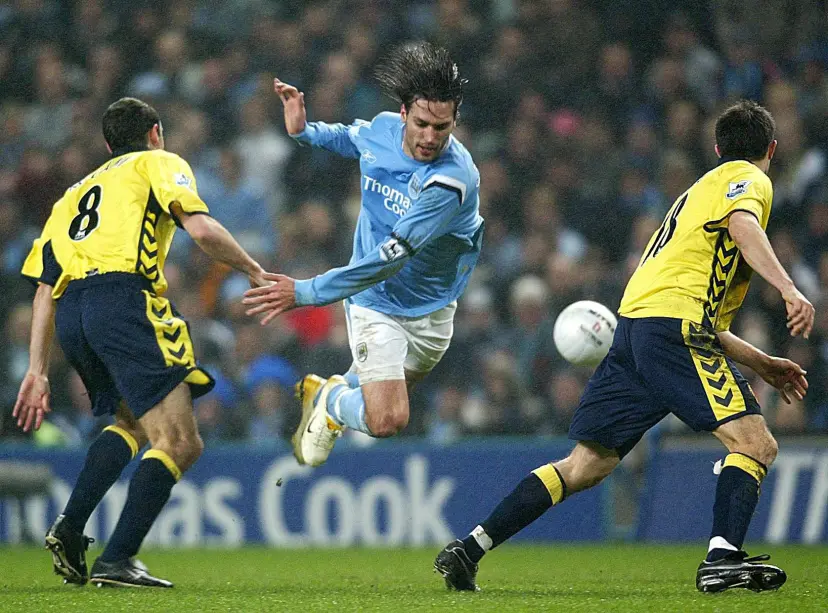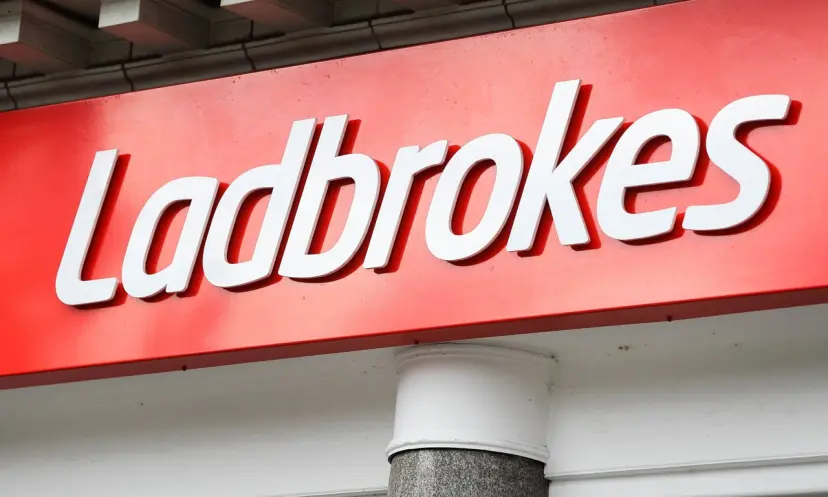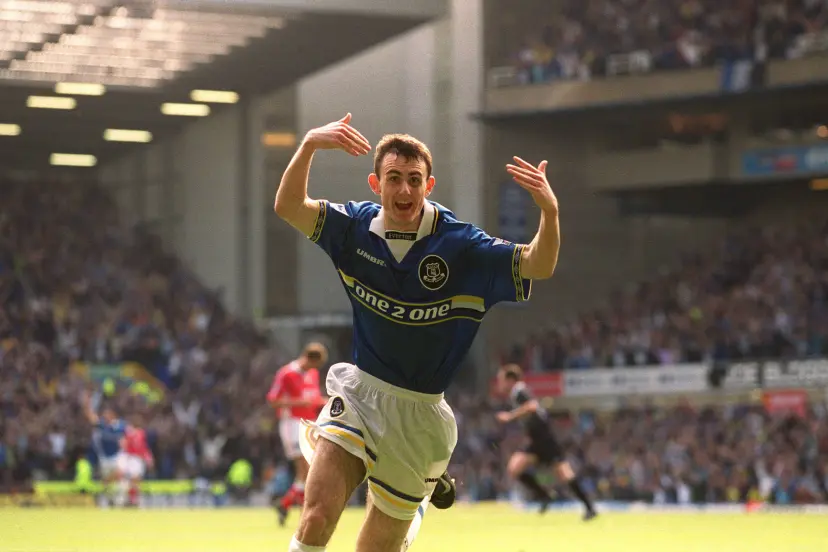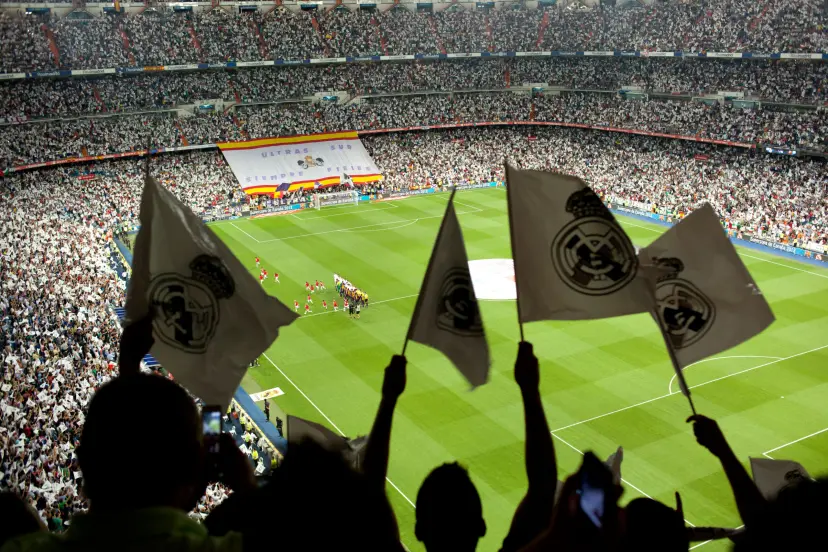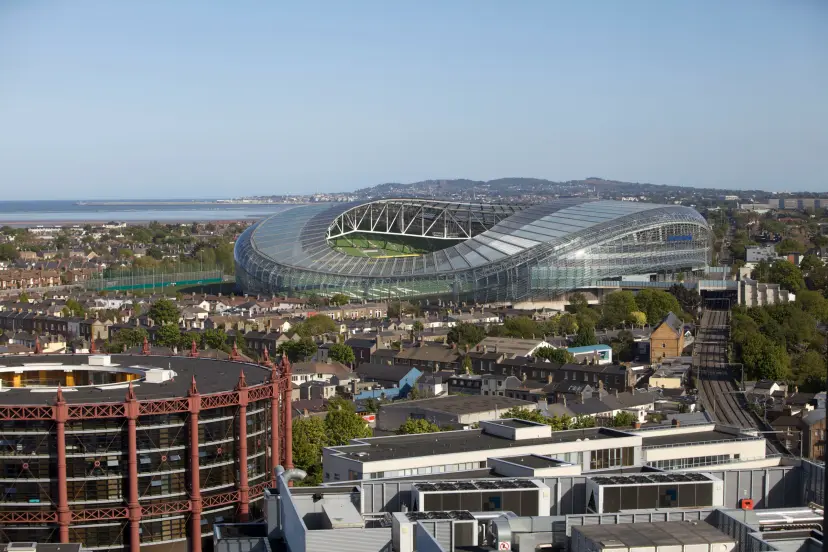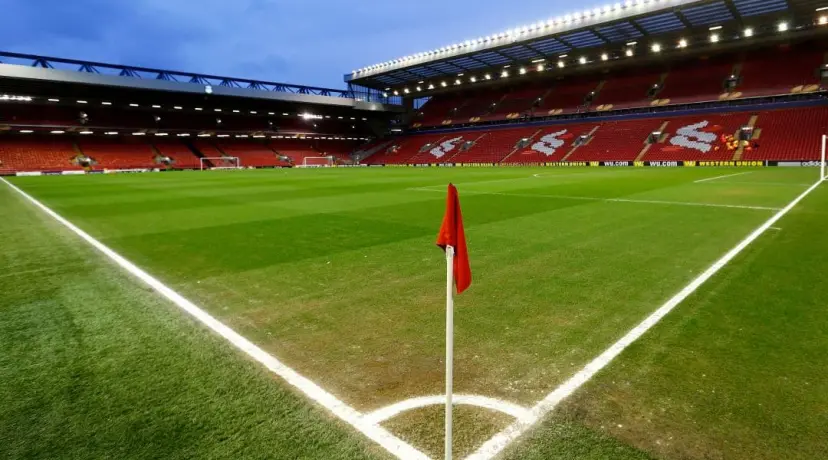Art of the deal: How does a football transfer work?
Published: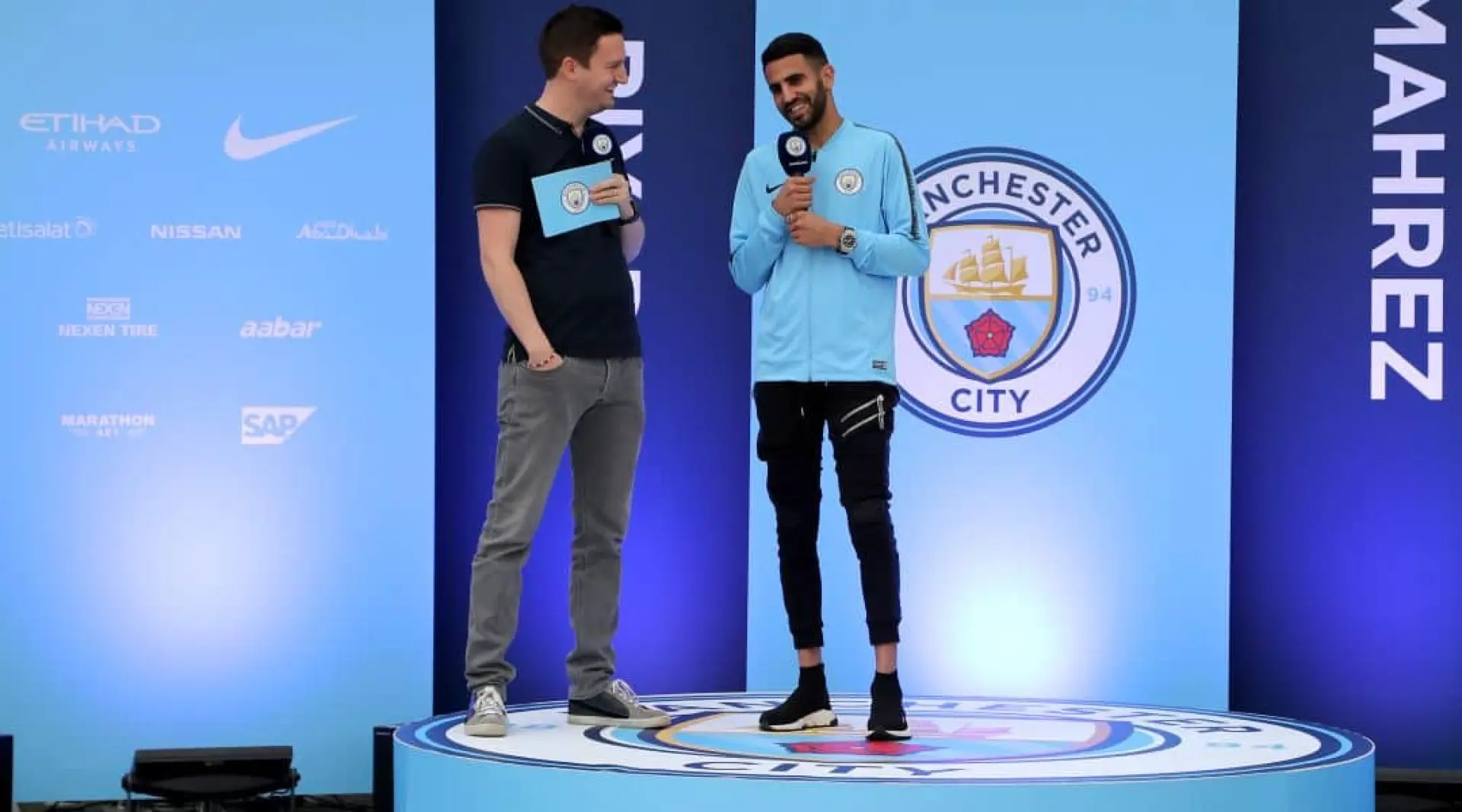
The summer transfer window is in full flow with thousands of clubs across the UK and Europe bringing new players in and letting some go.
It’s a tumultuous time for all concerned as both managers and players seek to get the best deals possible. And don’t forget the agents, either.
We take a look at the anatomy of a deal with all the key phases…
Scouting
The scouting process at most clubs is generally a two-pronged affair. There’s the traditional aspect to it. The scouting department will consist of a chief scout and his ‘executives’. They travel thousands of miles every week to view players and compile reports.
The chief scout will then make a recommendation to the manager and he – or a sporting director – will make the final call.
But in recent years, technology has played a huge part in the process. Statistical databases such as Prozone, WyScout, Scout7, and DataScout all have a significant role when selecting targets.
The approach
Once a decision is taken on a player, the buying club is then expected to approach his club to make an enquiry.
However, there are dark arts involved in transfer deals. And, in a number of cases, intermediaries will be used to suss out whether the prospective player is interested in switching teams.
It’s known in the football world as “tapping up” and some clubs have been punished for it on a number of occasions. But it’s nearly a prerequisite in the modern landscape of transfer deals, as otherwise, buying clubs can be made to look silly.
Negotiations
If all parties are open to a deal, negotiations will then take place. And there are three key phases of the negotiation phase.
There is the deal between the buying club and the selling club. The buying club and the player. And, finally, the buying club, and the agents facilitating the deal.
It’s a tricky scenario and one in which even the slightest disagreement can scupper a deal. Interestingly, WhatsApp has become a crucial element of the process. Email, text and even phones calls have become slightly outdated.
WhatsApp’s group chat feature, instantaneous nature, and the ability to see when a party has read the message is vital to keep a deal fluid.
Terms agreed – what’s next?
Once everyone is agreement on terms – fees agreed, terms met – there are still some sticking points to overcome.
Clauses have become more important than ever. And some are incredibly complex. For instance, think back to Neymar’s transfer from Barcelona to Paris Saint-Germain.
A release clause of €222m was inserted into the Brazilian’s Barca deal. And that eye-watering figure was used to ward off any potential buyers. But PSG bucked the trend in an ever-inflating market which has now had a knock-on effect since.
And then there is the medical players must pass at their prospective new clubs. The majority tend to go smoothly. But there have been some infamous examples of medicals that have scuppered deals.
Loic Remy, Ruud van Nistelrooy, Demba Ba, and Charlie Austin have all fallen foul of extensive examinations.
The announcement
Fee agreed, terms agreed, clauses inserted, medical done – now all that is left is the announcement.
This stage is mainly for the fans. In the modern landscape, Social Media is a popular platform for clubs to keep their fans engaged and updated. And to get those likes and retweets rolling in, too.
And, in recent times, clubs have been having serious fun on the likes of Twitter and Facebook with their transfer announcements.
Aston Villa’s WhatsApp conversation about John Terry after signing the ex-England captain last summer was particularly inventive. Or Liverpool announcing Mohamed Salah’s arrival via a video of the player checking his Twitter account.
You can expect them to become more and more elaborate as time passes.
All Odds and Markets are correct as of the date of publishing
